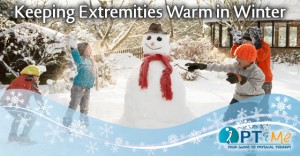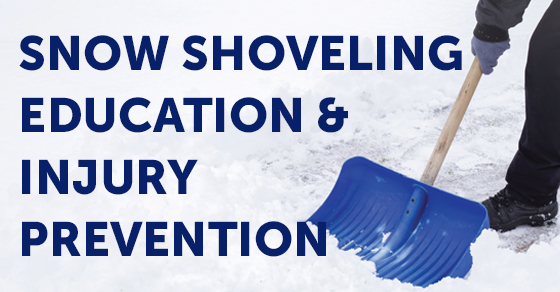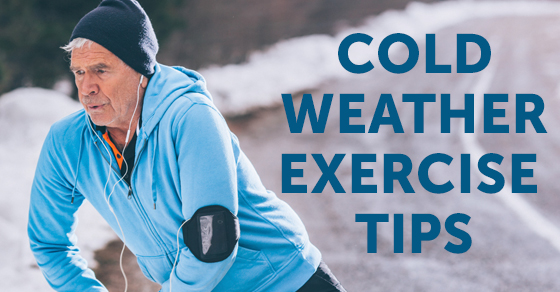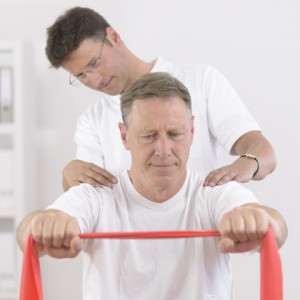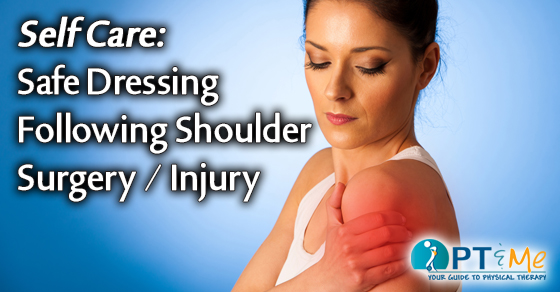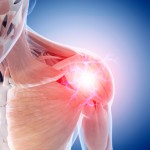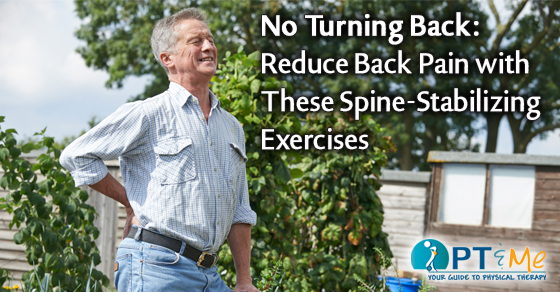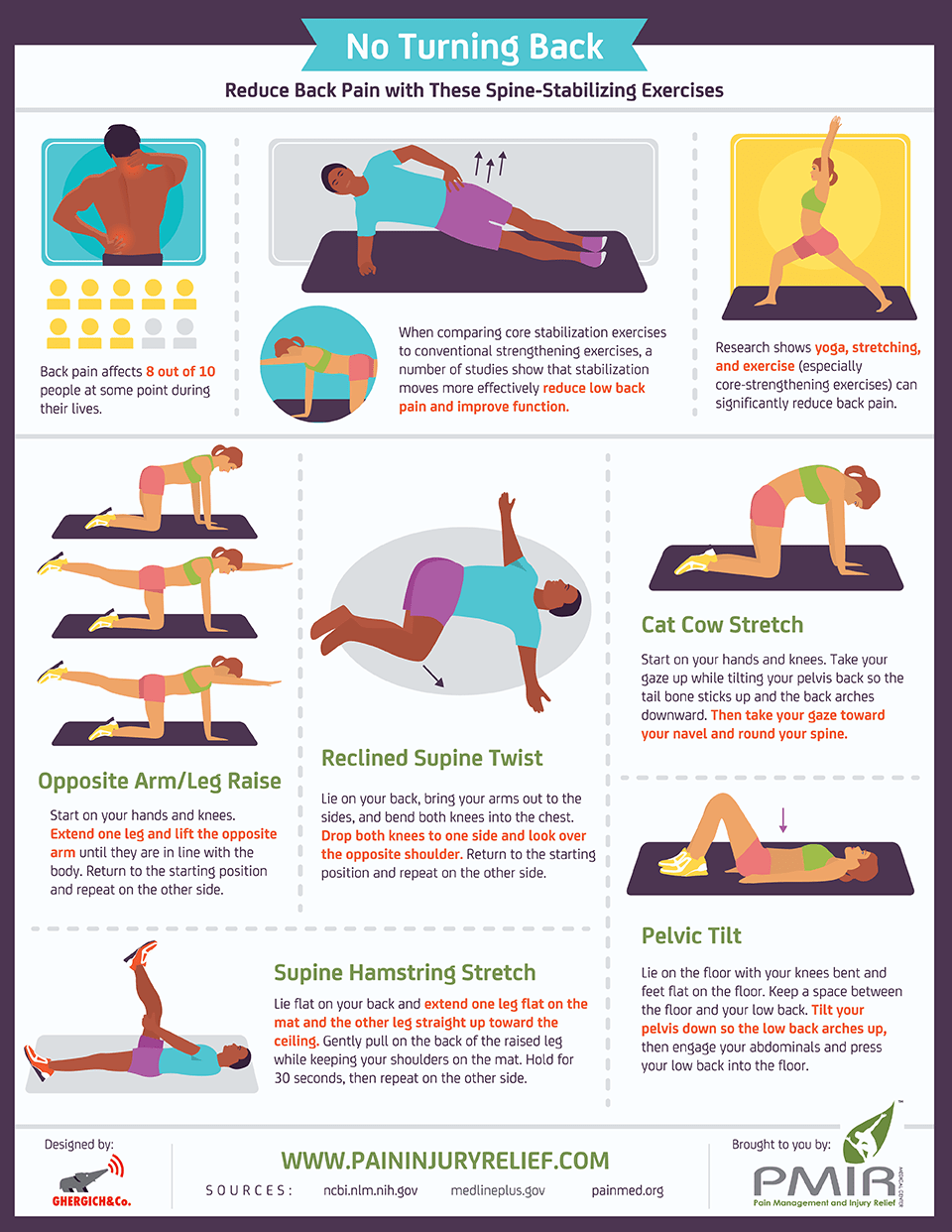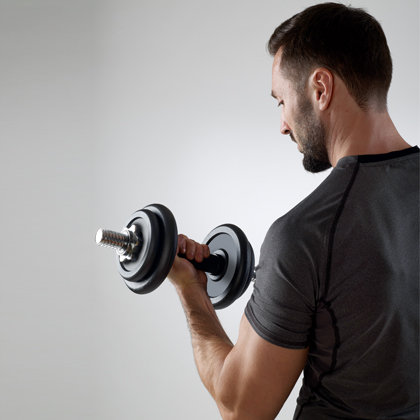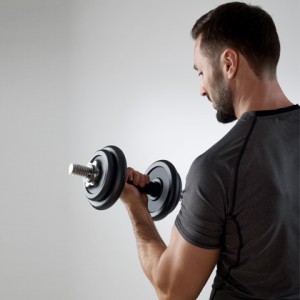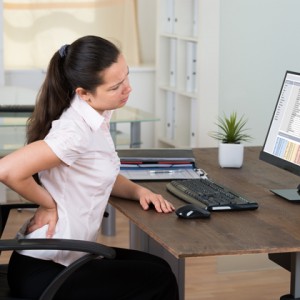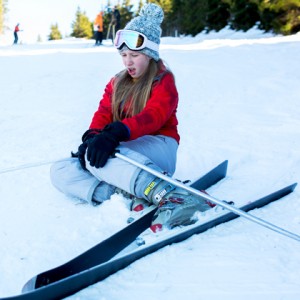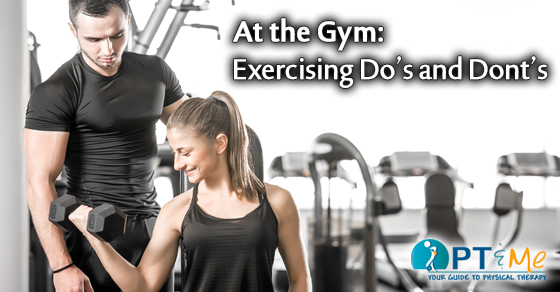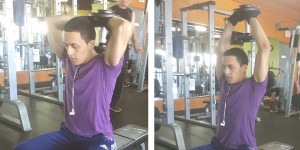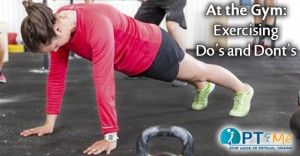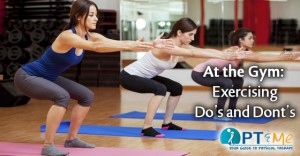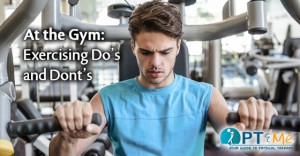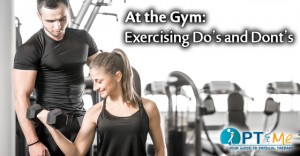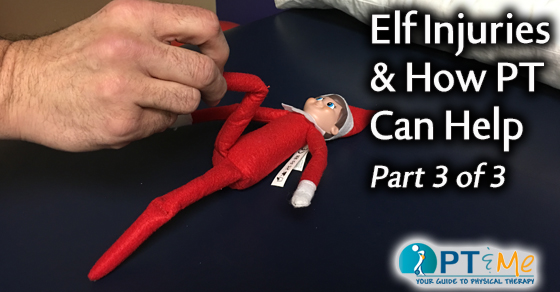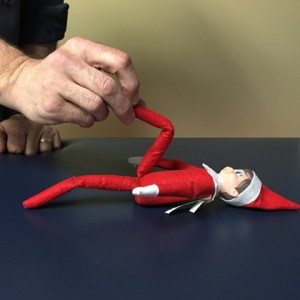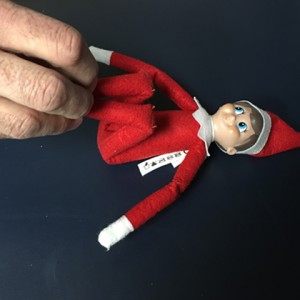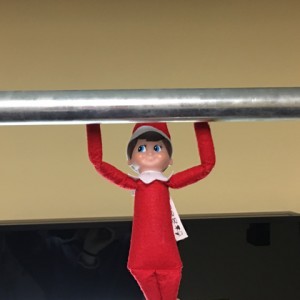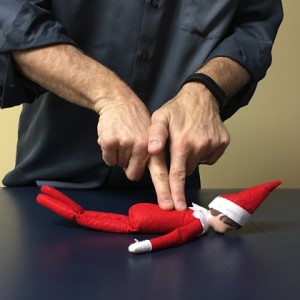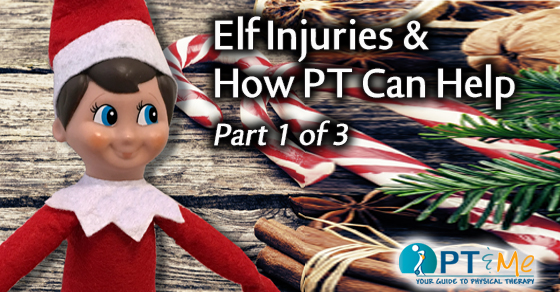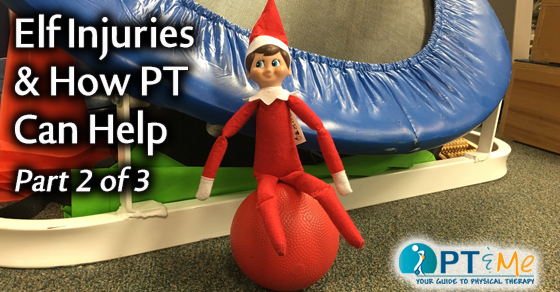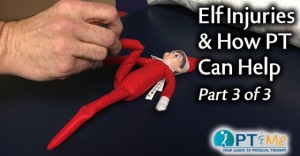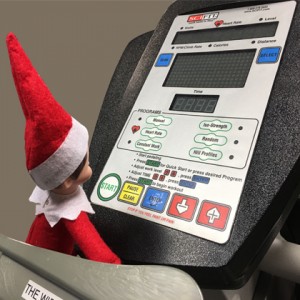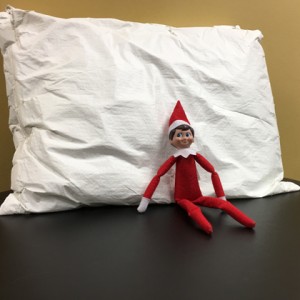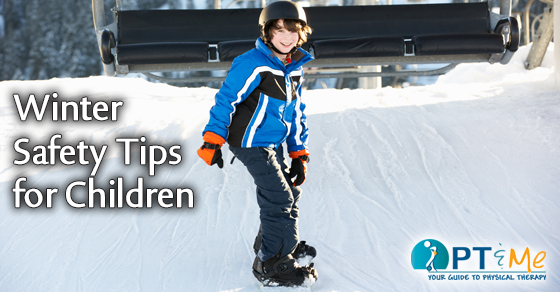
When the temperature drops and snow is on the ground, your children can still benefit from some outdoor physical activity. All it takes is a little extra planning to stay safe.
Layer Up!
Infants and children lose heat more quickly due to their size. As a result, they are more likely to suffer from low body temperature, also known as hypothermia. Dressing in layers is a good way to provide your child with added warmth during the winter months. Your child should wear 1 more layer than an adult would wear. Choose fabrics that wick moisture to help pull sweat away from your child’s skin and keep them warm.
Here are some other winter stafety tips to help keep your child safe in the cold:
• Mittens are warmer, but gloves allow your child to use their fingers more. Consider having your child wear mittens over a pair of light gloves.
• Keep your child’s feet warm and dry with 2 pairs of socks.
• Avoid long scarves and drawstrings or ties, which could become a choking hazard. Consider neck warmers or turtleneck garments.
• Choose hats and hoods that do not obstruct your child’s vision.
• Keep a dry set of clothing at school in the event your child’s clothes become wet.
Winter Sport Safety
Winter safety tips for sports such as skiing, skating, snowboarding, and sledding require adult supervision and added safety measures. To help keep your child safe:
• Make sure your child wears a helmet and other protective gear such as wrist guards for snowboarding and a mouth guard for ice hockey.
• Teach your child to be aware of and avoid hazards when sledding such as cars, trees, and ponds.
• Do not allow your child to skate on surfaces until you are sure the water is frozen solid.
• Do not allow your child to wear headphones while playing. Headphones will block traffic or grooming machine sounds.
• Encourage your child to keep moving when outdoors to help generate body heat.
Bring your child inside at the first sign of frostnip—skin that is red, numb, and tingly. Soak your child’s skin in warm water until the symptoms go away. Do not rub the skin. If symptoms do not improve, call your child’s doctor. If your child’s skin becomes white, hard, and swollen, your child may have frostbite. The skin may also burn, tingle, or become numb. If you think your child has frostbite, bring your child inside and put your child in dry clothes. Do not rub the skin, rubbing can cause more damage. Call for medical help right away.
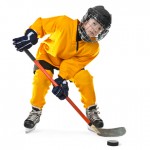
Don’t Skip the Sunscreen
It is possible for your child to get a sunburn in the winter since sunlight reflects off of the snow and ice. Your child should use a sunscreen with an SPF of at least 30. Apply it to your child 20 minutes before going outside and reapply it every 2 hours.
Fuel Up for Fun
Dehydration can contribute to hypothermia. Encourage your child to drink plenty of fluids, especially during vigorous physical activities. Your child will also need to fuel up to generate body heat needed for outdoor play. Provide your child with plenty of healthy snacks such as trail mix, fruit and bread.
When to Play
Freezing temperatures and wind are risk factors for hypothermia and frostbite. Avoid severe cold. Keep an eye on weather forecasts and plan outdoor activities for warmer days without snow or rain.
Following these winter safety tips will allow you and your child to safely enjoy the beauty of winter.
by Cynthia M. Johnson, MA
RESOURCES:
Family Doctor—American Academy of Family Physicians
http://familydoctor.org
Healthy Children—American Academy of Pediatrics
http://www.healthychildren.org
CANADIAN RESOURCES:
Canadian Paediatric Society
http://www.cps.ca
Health Canada
http://www.hc-sc.gc.ca
REFERENCES:
Chillin’ with winter safety. Healthy Children—American Academy of Pediatrics website. Available at: http://www.healthychildren.org/English/safety-prevention/at-play/Pages/Chillin-With-Winter-Safety.aspx. Updated January 19, 2016. Accessed February 11, 2016.
Frostbite in children. Lucile Packard Children’s Hospital Stanford website. Available at: http://www.stanfordchildrens.org/en/topic/default?id=frostbite-in-children-90-P02820. Accessed February 11, 2016.
Keeping kids safe in the cold. American Academy of Pediatrics website. Available at: http://www2.aap.org/sections/schoolhealth/ECarchivenovember11.html. Accessed February 11, 2016.
Sunscreen FAQs. American Academy of Dermatology website. Available at: https://www.aad.org/media-resources/stats-and-facts/prevention-and-care/sunscreens. Accessed February 11, 2016.
Last reviewed February 2016 by Michael Woods, MD Last Updated:10/20/2014
EBSCO Information Services is fully accredited by URAC. URAC is an independent, nonprofit health care accrediting organization dedicated to promoting health care quality through accreditation, certification and commendation.
For more winter safety tips to keep you out of harm’s way this season check the articles below!
